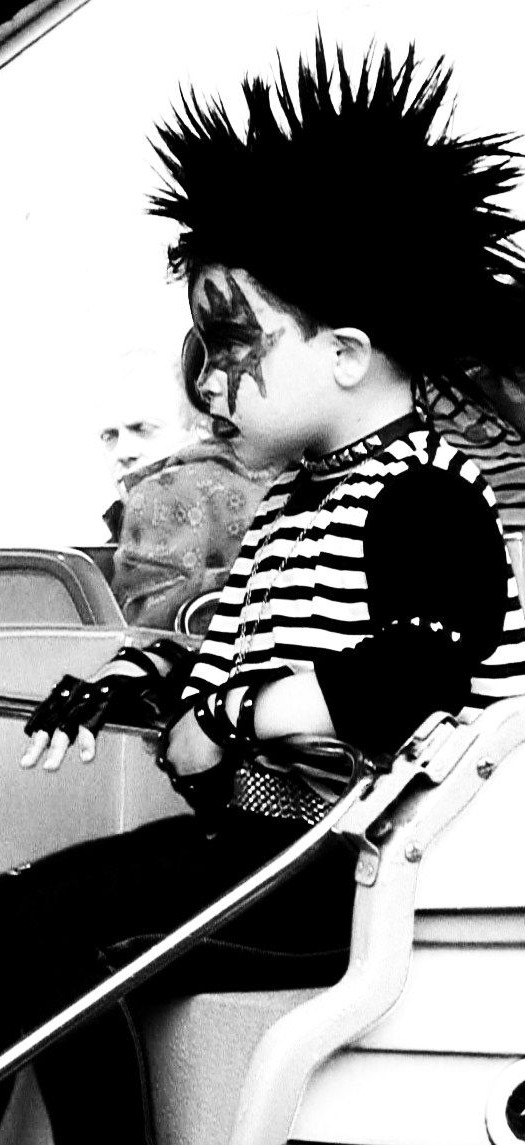 Sean Ennis is a Philadelphia, PA native now living in Water Valley, MS where he teaches for the University of Mississippi and the Gotham Writers’ Workshop. His work has appeared in Tin House, Crazyhorse, The Greensboro Review, LITnIMAGE, The Good Men Project, Talking Writing, Down and Out, and the Best New American Voices anthology.
Sean Ennis is a Philadelphia, PA native now living in Water Valley, MS where he teaches for the University of Mississippi and the Gotham Writers’ Workshop. His work has appeared in Tin House, Crazyhorse, The Greensboro Review, LITnIMAGE, The Good Men Project, Talking Writing, Down and Out, and the Best New American Voices anthology.
Sean, I’ve read many of your wonderful short stories, and am happy to be introduced to your work here in your novel. How did it arise?
I wrote about a 100 pages from the point of view of the people who kidnapped the kids. Maybe it had its moments, and maybe that work will inform what I’m writing now, but it’s a hard perspective to make sympathetic to readers, and at some point it felt necessary to explain why people would do horrible things. It wasn’t a question I had a good answer to, or really wanted to delve into too much. It seemed to me that you would only murder and kidnap if you were genuinely ill, or an asshole. Maybe it’s a lack of imagination on my part, but a point of view that might have to justify illness or plain old shitty behavior stopped being appealing to me.
The central drama of the story was initially tied up in my mind with things like events at Columbine High School, Virginia Tech, and unfortunately, there have been more incidents repeating this sort of violence, which made me feel even more that the point of view of the perpetrators was something I’m not interested in exploring. When these sorts of events felt like anomalies, they held some intrigue for me. But these days, they just don’t. I guess I have pity for people who feel so lost that such drastic acts of violence feel necessary, but I stopped wanting to try to imagine what it was like to be them.
Also, between the original conception of the novel and now, my Claire and I have had a child of our own. Obviously, that has a tendency to change a writer’s perspective a bit. Switching to the point of view of someone who lost a child in the event, and who found the violence of the event absurd, makes the project a lot more intelligible to me. On some level, the issue of motive for the kidnapping is off the table. A parent just wants their kid back.


